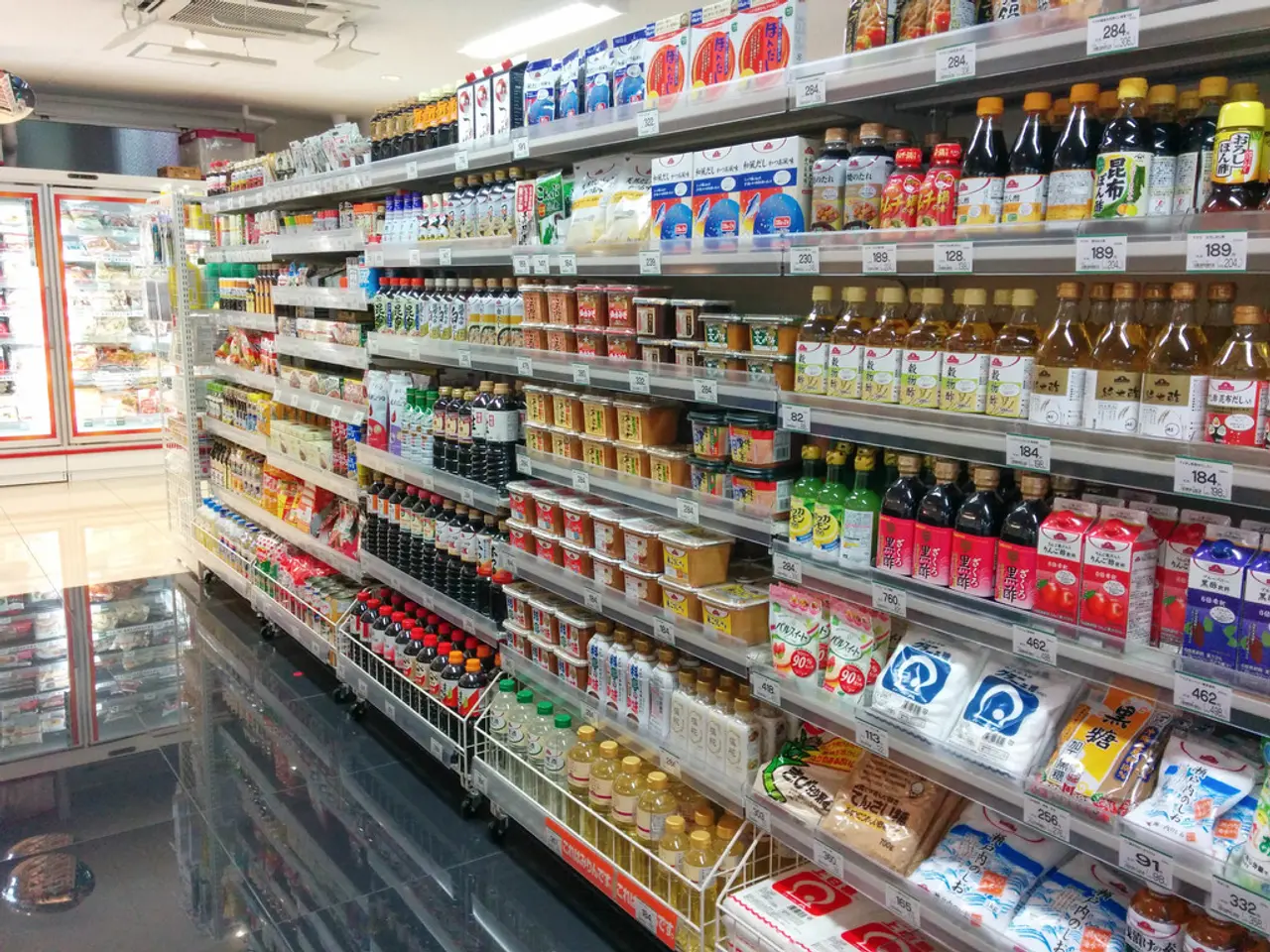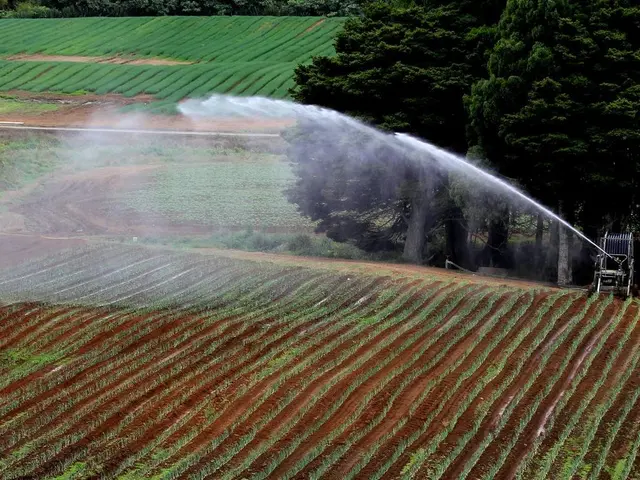Anticipated Tidal Waves of Free Cash Flow from Leading Oil Stocks, Despite Decreasing Oil Prices
In a recent development, two major oil companies, ConocoPhillips and Chevron, have announced plans to significantly boost their annual free cash flows by 2029.
ConocoPhillips, an American multinational energy corporation, anticipates a growth of approximately $6 to $7 billion in its annual free cash flow by the end of the decade. This increase is attributed to a mix of short-cycle and long-cycle investments, including projects in Alaska and LNG expansions. These investments are expected to provide sustained growth through the end of the decade.
On the other hand, Chevron, an American multinational energy corporation, is projected to increase its annual free cash flow by about $7 billion compared to current levels by 2029. This projection includes an additional $9 to $12.5 billion in annual free cash flow starting in the near term, factoring in project completions and acquisitions like the recent Hess acquisition.
| Company | Expected Annual Free Cash Flow Increase by 2029 | |------------------|-------------------------------------------------| | Chevron | $7 billion (reported range $9 to $12.5 billion in the next few years including acquisitions) | | ConocoPhillips | $6 to $7 billion |
The projections for Chevron include its recent Hess acquisition and long-term project completions in Kazakhstan and the Gulf of Mexico, which are expected to substantially contribute to cash flow growth. ConocoPhillips' increase is fueled by a strong inventory of drilling locations and LNG investments providing multi-year cash flow growth visibility.
In the second quarter of this year, ConocoPhillips generated $4.7 billion in cash from operations, despite a 19% drop in realized oil and gas prices. The company ended the quarter with $5.7 billion in cash and short-term investments. ConocoPhillips has exceeded its original target of $2 billion in noncore asset sales, with a new target of $5 billion by the end of next year. In the second quarter alone, the company closed $700 million in noncore asset sales.
ConocoPhillips funded capital expenses, share repurchases, dividends, and debt retirement with its cash flow from operations in the second quarter. The company also expects an additional $1 billion in synergies from its acquisition of Marathon Oil by 2026.
Meanwhile, Chevron returned more than 100% of its free cash flow in the second quarter. The company's targeted structural cost savings could boost its annual free cash flow by $10 billion next year. Chevron's continued expansion in the Permian Basin and the completion of its Future Growth Project in Kazakhstan contributed to its cash flow. As a result, Chevron generated $8.6 billion in cash flow from operations in the second quarter, an increase from $5.2 billion in the first quarter.
Chevron's net debt ratio is currently 14.8%, well below its 20%-25% target. The company's acquisition of Hess is expected to add another $2.5 billion to its free cash flow. The company's cash flow from operations increased from $5.2 billion in the first quarter.
Both ConocoPhillips and Chevron are targeting growth, with ConocoPhillips aiming to be among the top 25% of dividend growers in the S&P 500. The projections for these companies provide a positive outlook for the future of the oil and gas industry.
ConocoPhillips plans to use its expected increase in annual free cash flow, ranging from $6 to $7 billion by 2029, to fund capital investments, share repurchases, dividends, and debt retirement, demonstrating a focus on strategic finance and business growth. Chevron's projected growth of its annual free cash flow by approximately $7 billion (or $9 to $12.5 billion in the near term, including acquisitions) will allow the company to returns more than 100% of its free cash flow and pursue additional cost savings, signifying smart investing and financial management.




